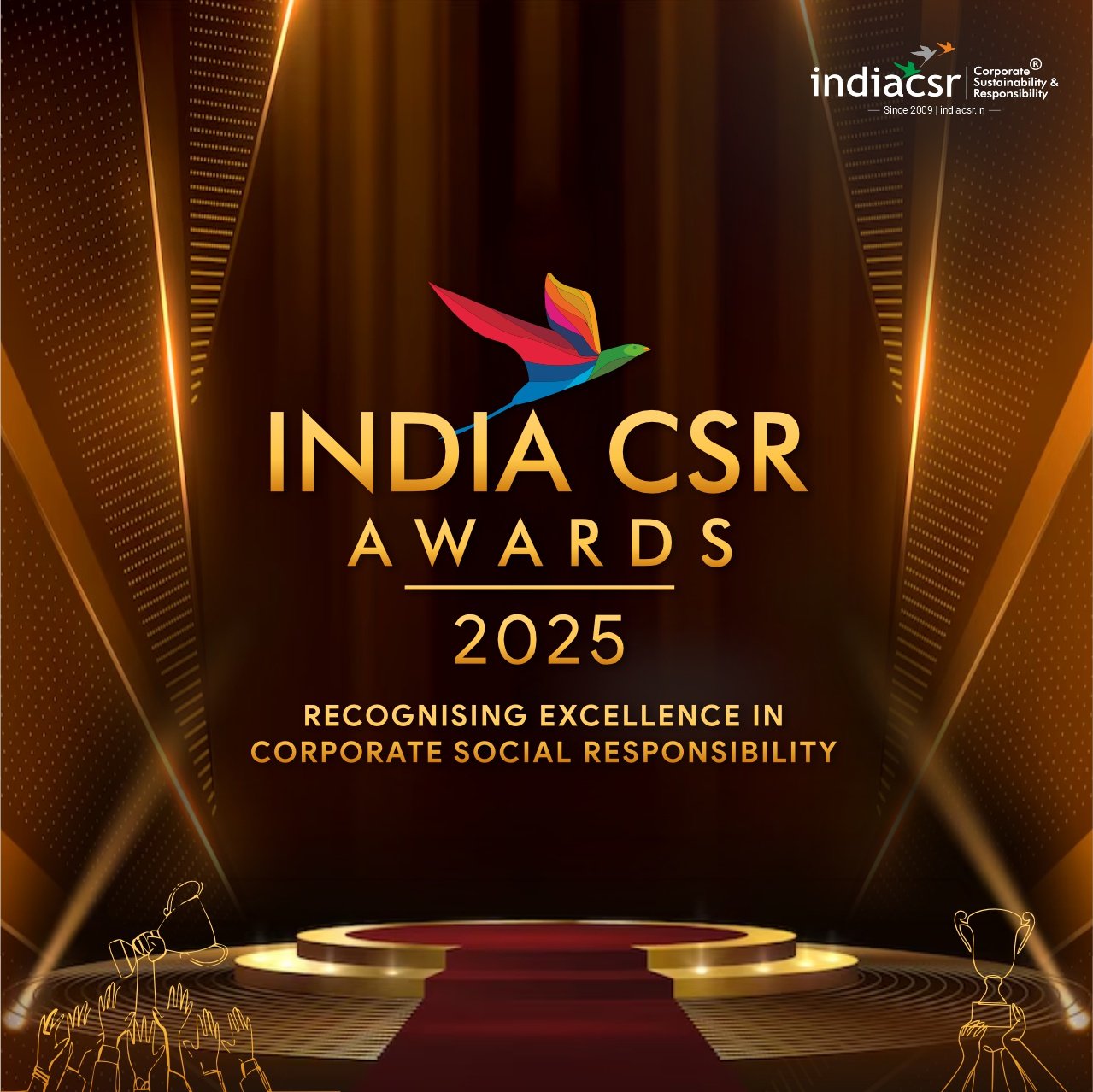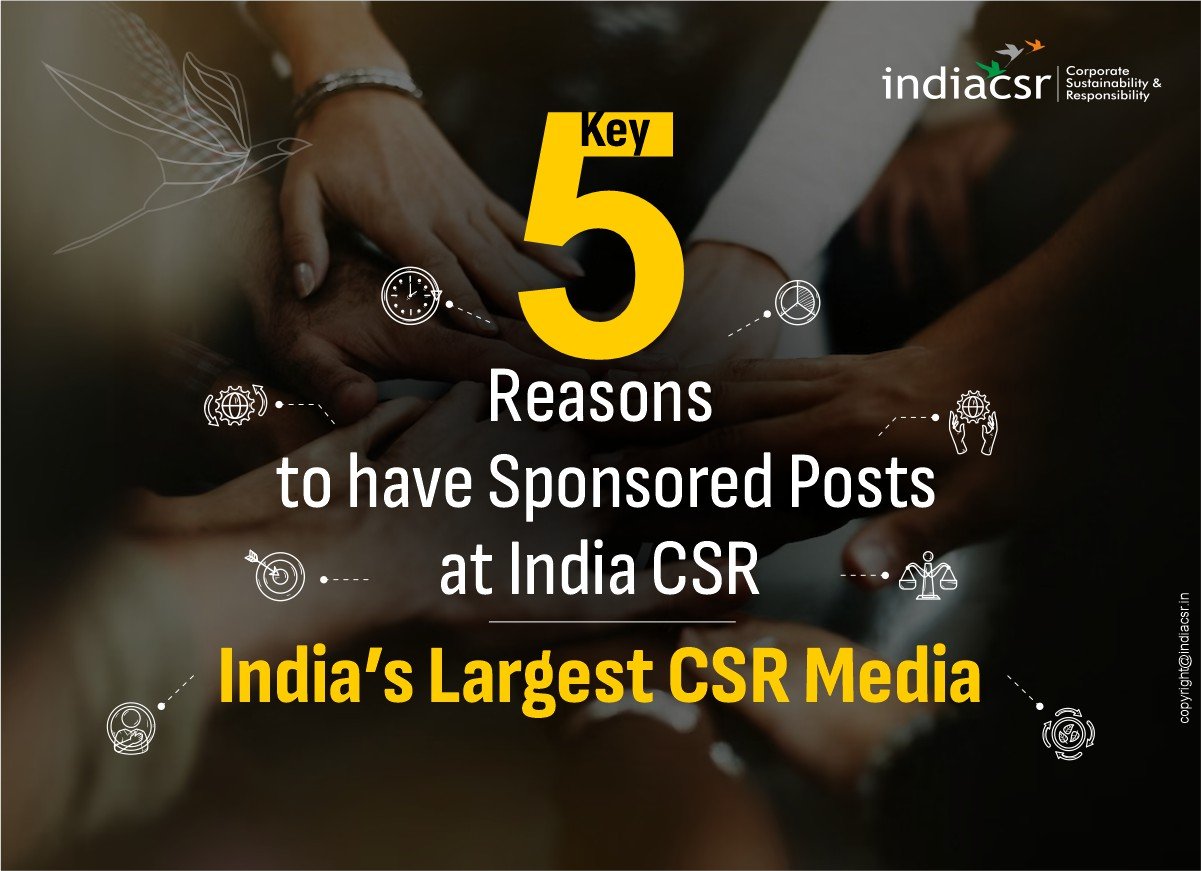
Words Manish Kumar
NEW DELHI (India CSR): The world of spectrum bidding is one of high stakes, where strategic insights and careful compliance with regulations can make or break a company’s future in the competitive telecom industry. With the Federal Communications Commission (FCC) being the primary body responsible for regulating spectrum allocations, firms have to walk a fine line of balancing compliance with aggressive bidding strategies to secure the most valuable frequencies. For Pratik Jangale, an industry expert with extensive experience in spectrum management, strategic bidding has been the key to securing a competitive advantage in an ever-evolving marketplace.
An outstanding illustration of how a thorough awareness of FCC rules and the competitive environment can influence a company’s growth trajectory is Pratik Jangale’s participation in the 600 MHz spectrum auction. During his tenure at a multinational mass media corporation that works in telecommunications and entertainment as a consultant in Philadelphia, Jangale was instrumental in analyzing regulatory approvals and ensuring compliance with FCC guidelines. The 600 MHz auction, which aimed to reallocate low-band spectrum for mobile broadband, especially 5G deployment, proved to be a game-changer for the industry. His work was essential in providing that company’s bidding strategies were both effective and within the bounds of FCC regulations, a task that required close scrutiny of market trends, competitor behavior, and potential interference scenarios.
This telecomcorporation’s bid strategy was significantly impacted by Jangale’s regulatory analysis, which helped them match it with FCC regulations. Through his detailed market analysis, Jangale pinpointed the most promising areas for spectrum acquisition. His efforts also helped avoid overbidding in highly competitive areas, making company’s bid more cost-effective. Moreover, his work didn’t stop after the auction; he analyzedas to how the newly acquired spectrum can be integrated into Comcast’s existing spectrum holdings and explored ways it would improve their deployment strategywhile being integrated seamlessly into Comcast’s existing infrastructure, a critical step for long-term success.
Apart from his workwiththis international mass media corporation, which is also the nation’s largest internet provider, on behalf of Tech Mahindra Network Services International Ltd, Jangale’s employment at US based Tier-1 telecom operatorvia Amdocs Ltd. serves as an additional example of his proficiency in spectrum management. He had a very important part in deploying Licensed Assisted Access (LAA) frequencies and integrating the N2500 band into T-Mobile’s small cell network in Austin. The challenge here was ensuring that the unlicensed 5 GHz spectrum, which worked alongside licensed LTE frequencies, did not cause interference with Wi-Fi or other networks. Jangale initiated efforts in RF propagation modeling and optimized channel selection and power levels to comply with strict FCC rules, ensuring smooth operations. This strategic deployment increased network capacity by 30% in high-traffic areas, allowing T-Mobile to handle more users without compromising on quality.
Beyond network capacity, Jangale’s work had a significant impact on improving the efficiency of spectrum utilization. By applying carrier aggregation and multiple-input multiple-output (MIMO) techniques, he was able to boost spectral efficiency by 25%. This not only improved the user experience in terms of data speeds and latency but also helped T-Mobile maintain its competitive edge in the fiercely competitive telecom sector.
Addressing the difficulties posed by regulatory limitations was made possible in large part by Jangale’s understanding of the spectrum landscape. His automated spectrum allocation models significantly reduced the time required for regulatory approvals, a 40% reduction in manual checks. In doing so, he minimized the risk of FCC violations and ensured that all deployments adhered strictly to the guidelines. This level of compliance was paramount, especially when dealing with issues such as interference from radar systems near airports or over-transmitting antennas that affected neighboring spectrum bands.
Along with compliance and performance improvements, Jangale’s strategic insights also led to cost savings and deployment efficiency. Through careful planning and RF modeling, he managed to reduce small cell infrastructure costs by 20%, while also decreasing integration issues by 35%. These improvements not only saved costs but also accelerated rollouts, which is vital in the fast-paced telecommunications market.
The shift to functional, real-time spectrum leasing models is among the most important developments in spectrum management. As Jangale predicts, the increasing reliance on shared spectrum resources like the Citizens Broadband Radio Service (CBRS) and Priority Access Licenses (PAL) will necessitate more advanced, automated systems to ensure that operators can optimize their spectrum use without violating FCC rules. The demand for mid-band spectrum—specifically the 2500 MHz and mmWave frequencies—will grow as companies work to balance coverage and capacity for 5G deployment. This shift will place even more emphasis on compliance and interference mitigation, areas where Jangale’s expertise will continue to play a pivotal role.
Future developments in technology, including machine learning and artificial intelligence, will influence spectrum deployment and bidding. These tools will allow operators to dynamically allocate spectrum resources, minimizing interference and maximizing efficiency. However, the fundamental importance of strategic bidding, regulatory compliance, and network integration will remain unchanged.
By cracking the FCC code, Jangale has proved that it is not only about protecting spectrum but also about making sure that spectrum is used effectively, economically, and in a way that satisfies the regulatory requirements of a growing industry. As companies prepare for the next wave of spectrum auctions and 5G rollouts, Jangale’s insights offer a clear blueprint for success in this high-stakes game.
About Us
Manish Kumar is a news editor at India CSR.
(Copyright@IndiaCSR)
























